The $20K Watch Collector Is in a Weird Spot Right Now
Buyers Guides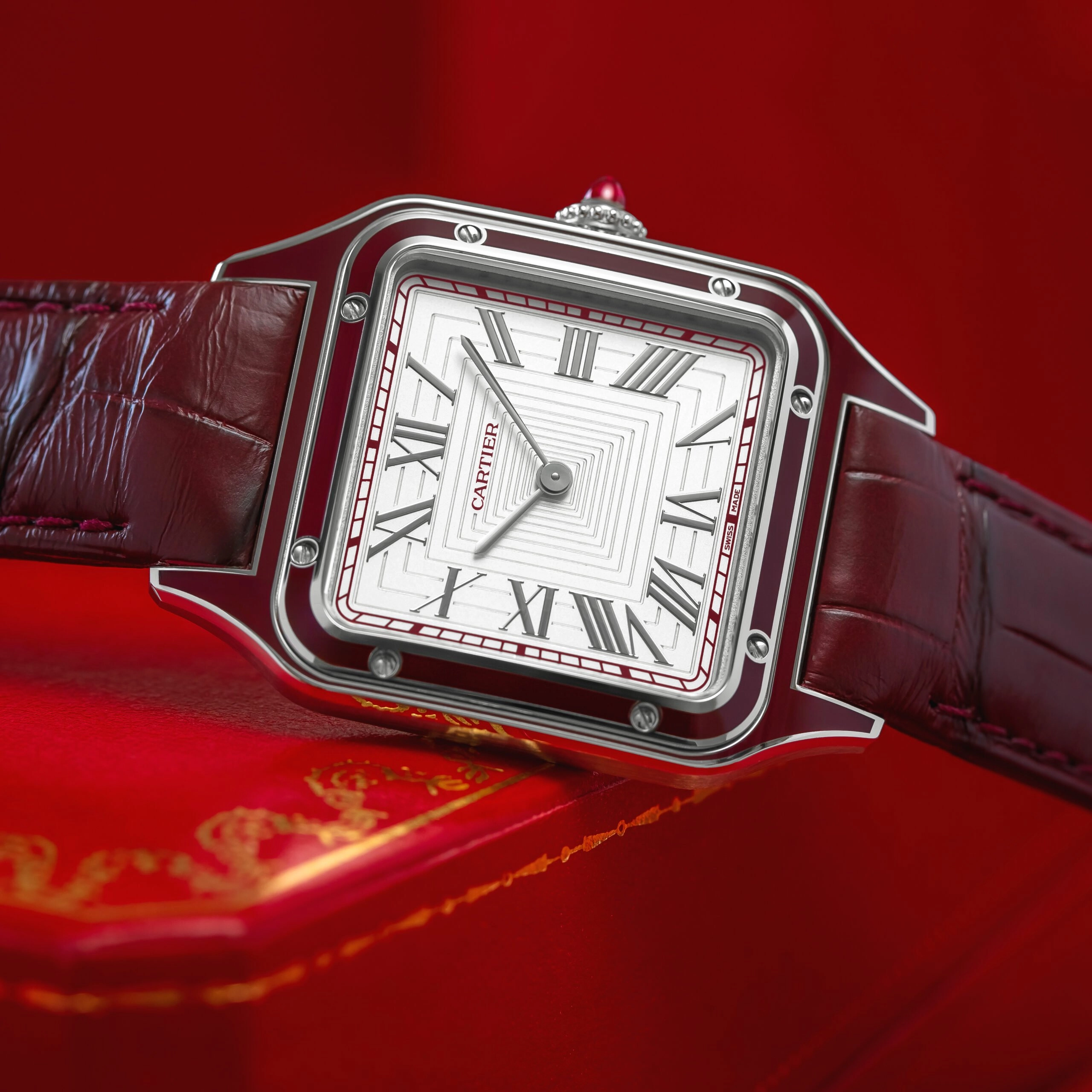
For a long time, $20,000 was a magic number in watch collecting. It was the kind of budget that put you within touching distance of the greats. You could walk away with a Royal Oak Jumbo or a Nautilus. Maybe even a white gold Day-Date if you were lucky. It was the point where aspiration met attainability. But in 2025? That number feels awkward.
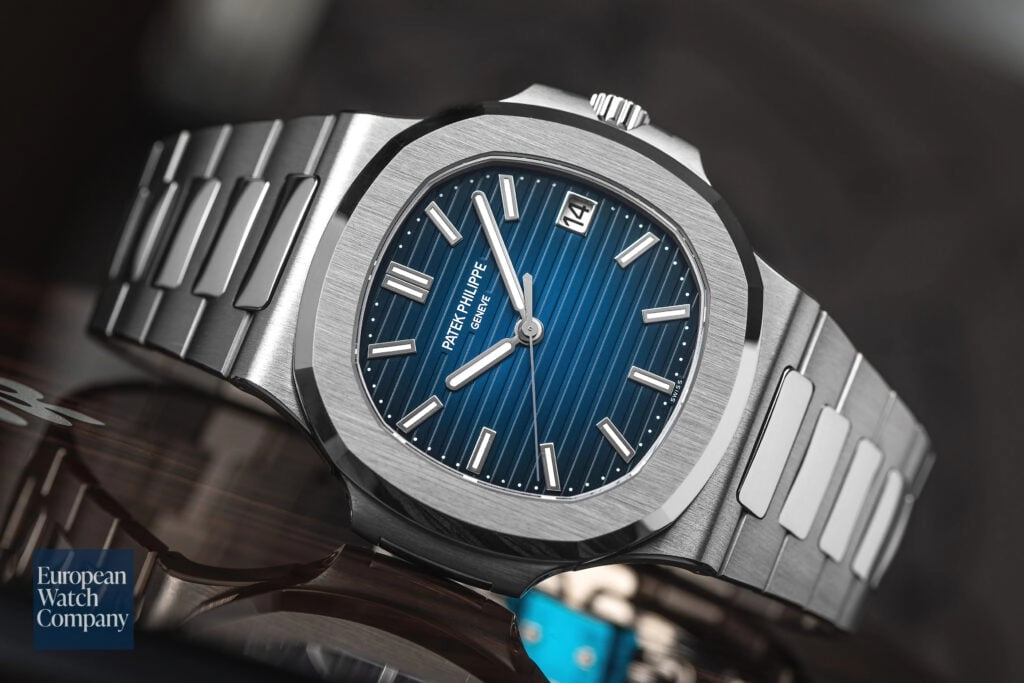
Today, $20K doesn’t quite get you into the rarefied air of independent watchmaking. It also doesn’t guarantee access to the most hyped halo pieces from Rolex, Patek, or AP. Instead, it lands you in a dead zone of watch pricing. You’re not shopping entry-level luxury anymore, but you’re also not in the playground of heavy-hitting collectors chasing six-figure rarities. You’re somewhere in the middle. And the middle is complicated.
Where $20K gets you now
A quick browse of our current stock paints the picture. With $20,000 to spend, the pre-owned options are still pretty interesting. You can step into the world of the big-name brands, just not their most-hyped pieces. For example, you could pick up a Rolex Sky-Dweller in steel. Or a well-loved Lange 1815 in yellow gold. You might land on something like a H. Moser & Cie. Pioneer or Streamliner. Or, if you’re feeling ambitious and don’t mind hunting, you could stretch for a vintage Blancpain Fifty Fathoms Aqualung or a pre-owned Audemars Piguet Royal Oak Offshore. Condition, provenance, and availability will all be variable.
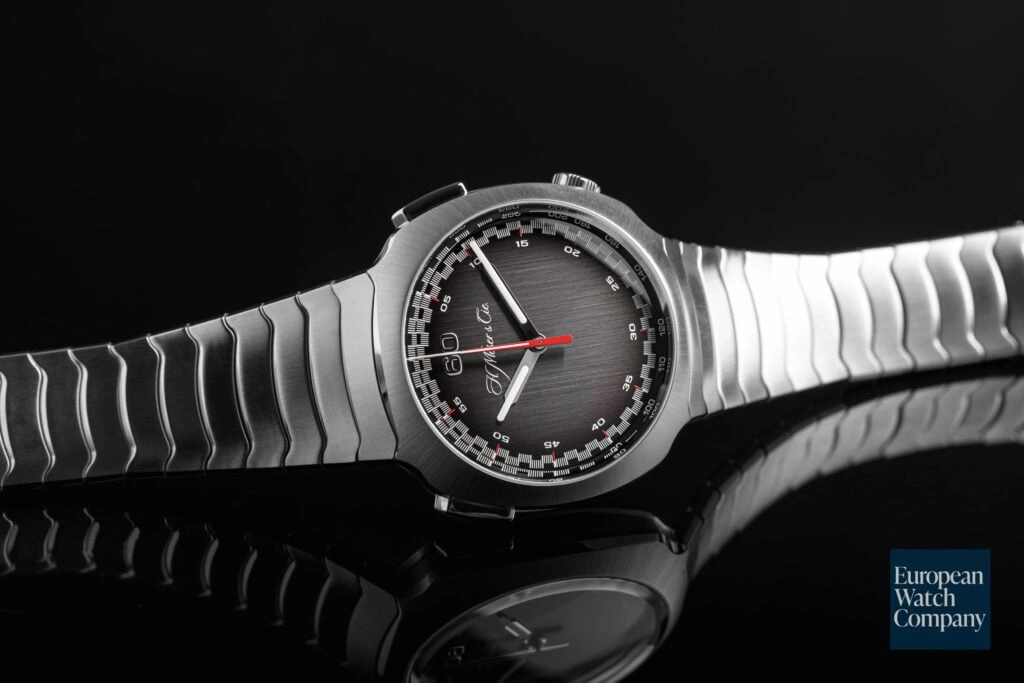
David Cote, Watch Specialist here at European Watch Company, said that what resonates most with collectors at this level are “watches that blend storied heritage, enduring design, and brand prestige — something that’s worth both the money and the story it adds to a collection.”
What’s striking is that most of the options in this space now come with compromises. The Overseas is excellent, but it’s not quite as cultish as its Royal Oak cousin. Moser has character and individuality, but less heritage. Lange might offer true haute horlogerie, but you’re likely looking at an older piece with no box or papers. It’s no longer just about taste or design. It becomes about trade-offs.
The collector mindset has shifted
As prices have moved and access to information has grown, so too has the mindset of the $20K buyer. Cote noted that “collectors today have unprecedented access to historical data, trends, and expert opinions via online platforms and social media. This has led to more informed, strategic purchases rather than the impulsive buys of yesterday.”
That shift means more hesitation and more expectation. The $20K tier is no longer seen as just a high-end luxury budget. It’s a serious investment in collecting identity. Passion still matters, but increasingly, buyers are balancing it with considerations like resale value, rarity, and brand trajectory. “While passion remains a key driver,” Cote said, “collectors increasingly view their purchases through an investment lens.”
James Schaaf, co-founder of CollectorSphere, agrees. He sees $20K as “a bit of a no-man’s-land," a range where emotional desire clashes with market logic. “The challenge is whether to put your full budget into one knockout piece, or take a more patient, scattergun approach,” he said, targeting multiple lesser-known but interesting watches.
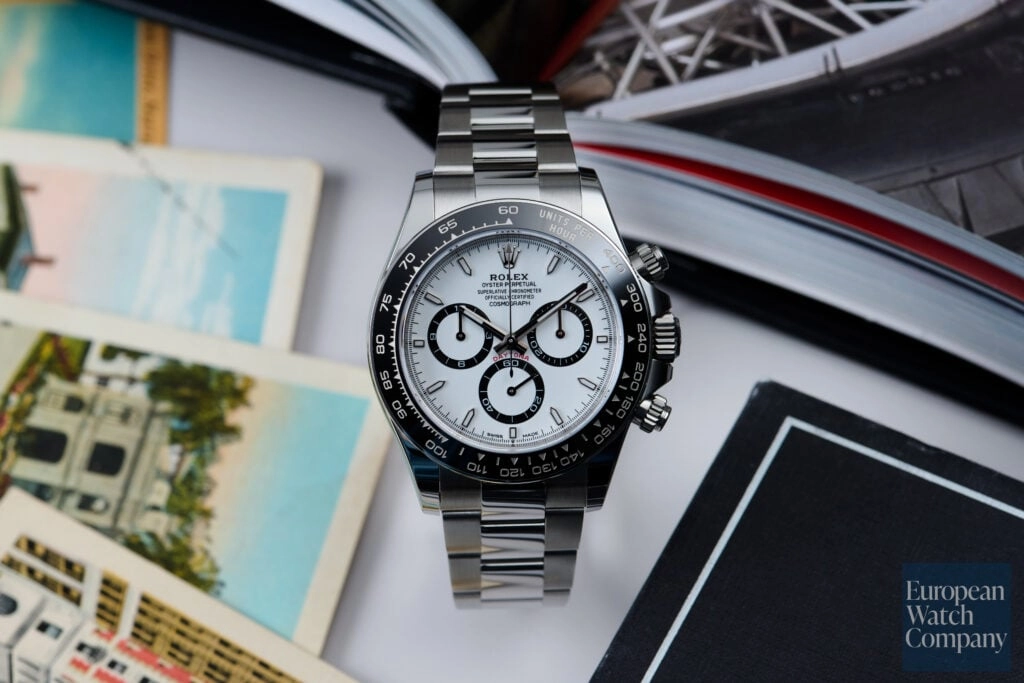
One big buy or two smart ones?
Schaaf believes both approaches can work. For those exploring smaller brands, he pointed to Otsuka Lotec. “Jiro Katayama is a wild man, an artist and poet whose work is unapologetically industrial, untamed, and seemingly unfinished, yet possesses a distinct artistic depth that grows on you over time,” he said.
He also praised the first series of lacquered Santos-Dumonts from Cartier. His favorite, the platinum and burgundy CRWGSA0053, features “150 pieces in platinum with burgundy lacquer, a silver dial with concentric square motif, and a manual-wind 430MC movement.” He called it “elegant, understated, rare” and “in my opinion, the real Élégante.”
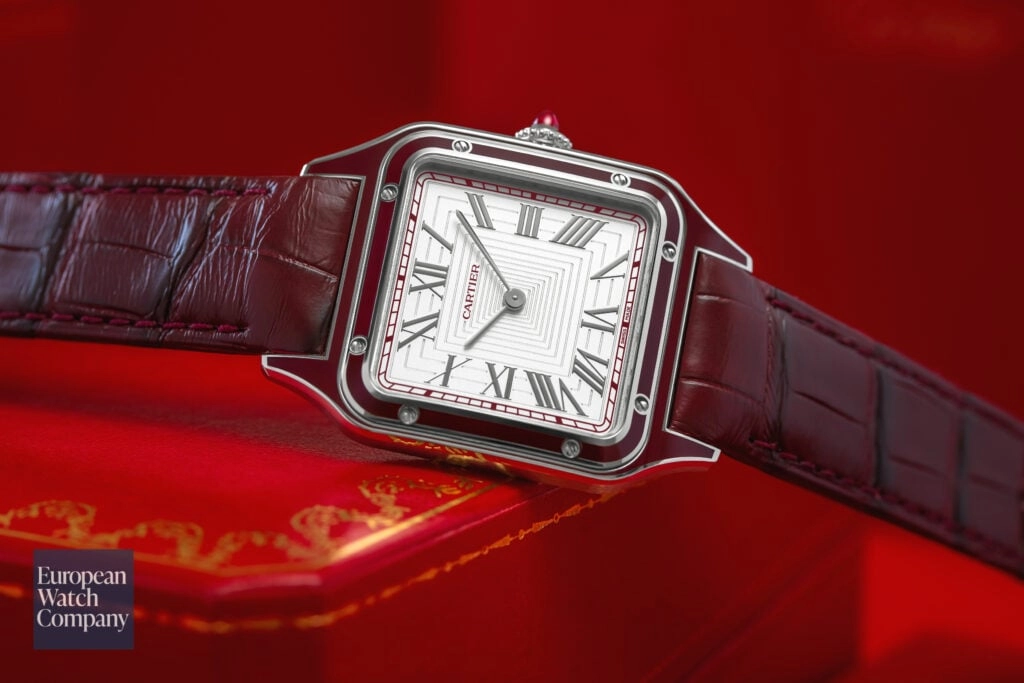
Schaaf didn’t mince words. He contrasted the Cartier directly with the F.P. Journe Élégante, calling it “the most controversial pick in this range.” On paper, he said, “it’s everything I admire in a fun, simple, well-made watch with character.” But in reality, “it’s been hijacked by hype, inflating it into territory it simply doesn’t belong.” He added, “At 17K, it’s perfect. Above that? I’d pass. If you can get one and keep your ego in check, fine — but personally, I’d rather go for something refined, objectively rare, and refreshingly under-the-radar from Cartier.”
It’s a reminder that this tier isn’t just about performance or prestige, but rather how a watch reflects your identity and whether it still feels right once the hype wears off.
So where do you go from here?
What makes this space especially challenging is how fast the market has changed around it. Five years ago, the idea that a Royal Oak or a Nautilus would be completely out of reach at this level would’ve seemed absurd. But now, not only are those watches out of range. So are many of their cousins.
The other shift is in independents. There was a time when $20K could get you a new piece from an exciting, high-end indie brand. Today, that figure might not even get you on the waiting list. “Neo-vintage watches from the 1990s are another compelling look,” said Cote, noting that they offer “rich horological value and design” while flying slightly under the radar.
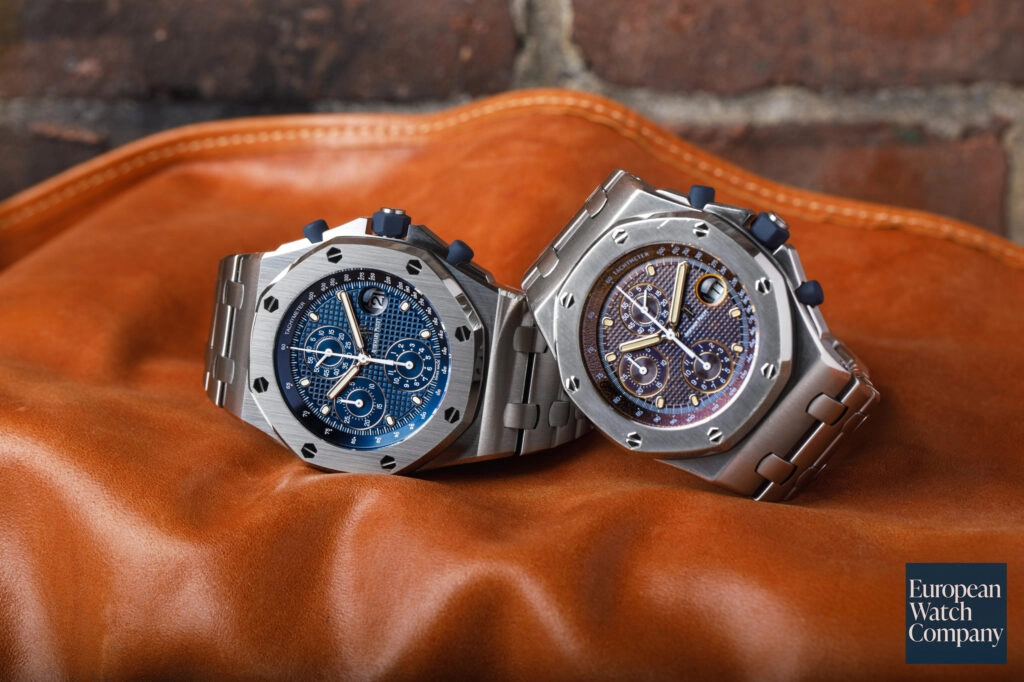
So what do you do with your $20K? Do you look backward and go neo-vintage? Do you buy from a brand that isn’t hyped yet, hoping to get in early? Or do you stretch a little and bet big, potentially overspending for the chance to feel like you’re part of a different tier?
A serious watch, and a serious decision
Make no mistake, $20K is still a serious watch-buying budget. But what used to be a golden ticket now feels more like an audition. You’re trying to get it right. Trying to buy something that not only holds up in five years, but also feels like it belongs in the same conversation as the watches you once assumed you’d own at this level.
If $10K is where the collector’s journey often begins, and $50K is where fantasy starts to creep in, then $20K is the threshold where collecting starts to get psychological. It’s not quite the dream. But it just might be the test.